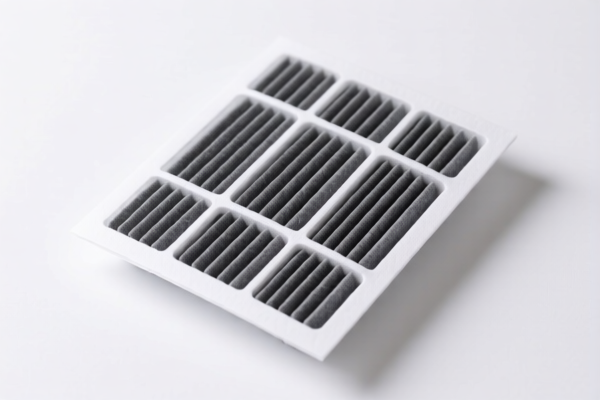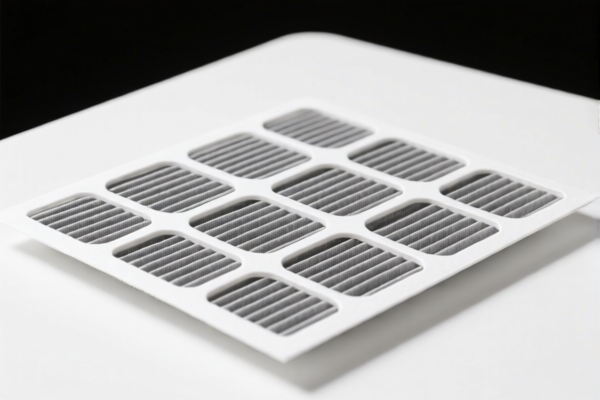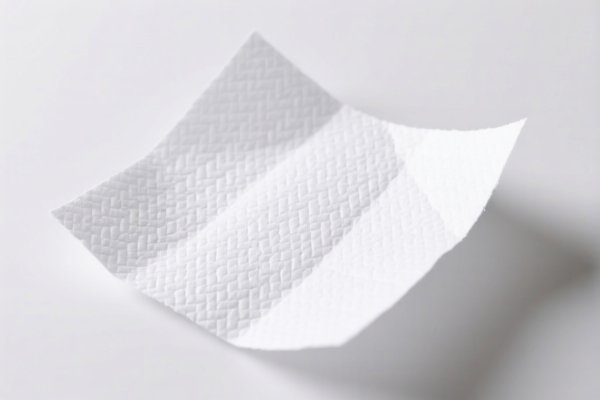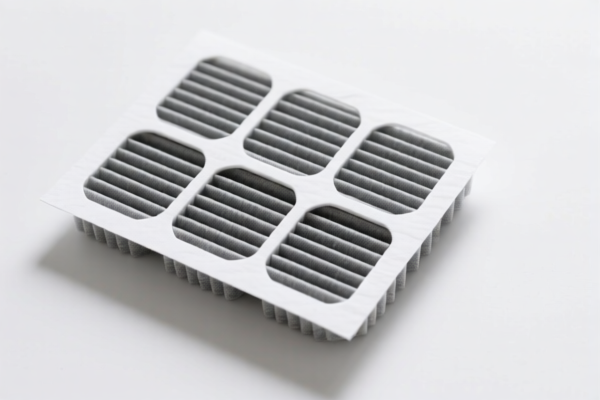| HS Code | Official Doc | Tariff Rate | Origin | Destination | Effective Date |
|---|---|---|---|---|---|
| 4823700020 | Doc | 55.0% | CN | US | 2025-05-12 |
| 3923210080 | Doc | 58.0% | CN | US | 2025-05-12 |




Okay, let's break down the HS codes and tax implications for your declared items, "AIR FRYER PAPER". Here's a structured analysis to help you understand the classification and potential duties:
Understanding HS Codes – A Quick Primer
HS codes (Harmonized System codes) are internationally standardized codes used to classify traded products. They're crucial for determining tariffs, trade regulations, and statistical tracking. The first 6 digits are generally standardized globally, while the last digits can vary by country.
1. HS Code: 4823.70.00.20 – Molded or Pressed Articles of Paper Pulp
- 48: Paper and paperboard; articles of paper pulp, paperboard or cellulose wadding. This chapter broadly covers products made from paper.
- 4823: Other paper, paperboard, cellulose wadding and webs of cellulose fibers, cut to size or shape; other articles of paper pulp, paper, paperboard, cellulose wadding or webs of cellulose fibers. This narrows it down to specific types of paper products.
- 4823.70: Molded or pressed articles of paper pulp. This specifically identifies molded or pressed paper items.
- 4823.70.00.20: Plates, bowls or cups. This is the most specific classification for your air fryer paper if it's in the form of plates, bowls, or cups.
Tax Implications (4823.70.00.20):
- Basic Duty: 0.0%
- Additional Duty: 25.0%
- Post April 2, 2025 Additional Duty: 30.0%
- Total Tax: 55.0%
Important Considerations for 4823.70.00.20:
- Material Composition: Confirm the paper is solely paper pulp. Any coatings or laminations could shift the classification.
- Functionality: The classification hinges on these being used as disposable tableware.
- Single-Use vs. Reusable: While not always a determining factor, clarifying if these are designed for single-use or limited reuse is helpful.
2. HS Code: 3923.21.00.80 – Sacks and Bags of Polymers of Ethylene
- 39: Plastics and articles thereof. This chapter covers all plastic products.
- 3923: Articles for the conveyance or packing of goods, of plastics; stoppers, lids, caps and other closures, of plastics. This narrows it down to plastic packaging.
- 3923.21: Sacks and bags (including cones). This specifically identifies plastic sacks and bags.
- 3923.21.00.80: Of polymers of ethylene Other: With no single side exceeding 75 mm in length. This is a very specific classification for small plastic bags made from polyethylene.
Tax Implications (3923.21.00.80):
- Basic Duty: 3.0%
- Additional Duty: 25.0%
- Post April 2, 2025 Additional Duty: 30.0%
- Total Tax: 58.0%
Important Considerations for 3923.21.00.80:
- Material Confirmation: Crucially, verify the bags are made of polymers of ethylene (polyethylene – PE). Other plastics will have different HS codes and tax rates.
- Dimensions: The "no single side exceeding 75 mm" is important. Larger bags will fall under a different classification.
- Thickness: The thickness of the plastic can also influence the HS code.
Recommendations & Next Steps:
- Material Testing: If you haven't already, I strongly recommend confirming the exact material composition of both the paper and the bags. This is the most important factor in accurate classification.
- Detailed Product Specifications: Have detailed specifications for both items (dimensions, thickness, weight, intended use).
- Review the April 2, 2025 Changes: Be aware of the upcoming tariff changes on April 2, 2025. Factor this into your cost calculations.
- Consider a Binding Ruling: For complex cases or high-value shipments, consider obtaining a binding ruling from your local customs authority. This provides legal certainty on the correct classification.
- Check for any specific certifications: Depending on the intended use of the air fryer paper (e.g., food contact), you may need specific certifications (e.g., FDA compliance).
Disclaimer: I am an AI assistant and cannot provide definitive customs advice. This information is for general guidance only. Always consult with a qualified customs broker or your local customs authority for accurate and up-to-date regulations.
Customer Reviews
No reviews yet.